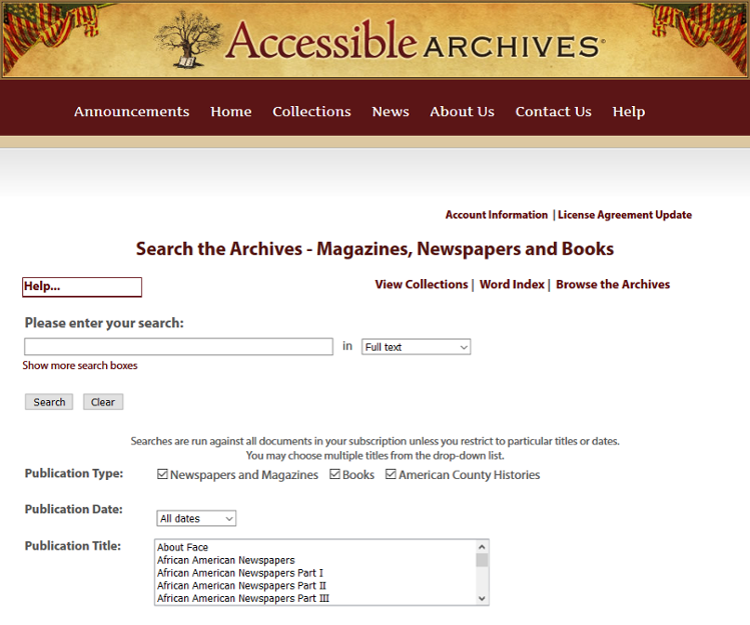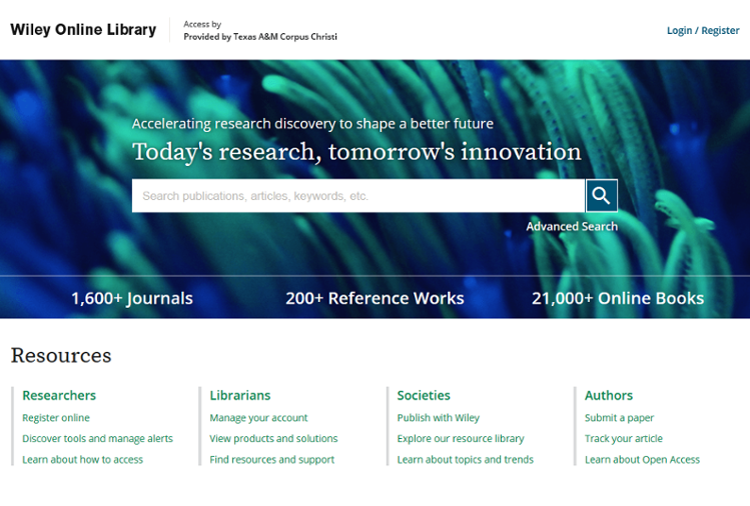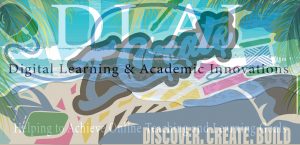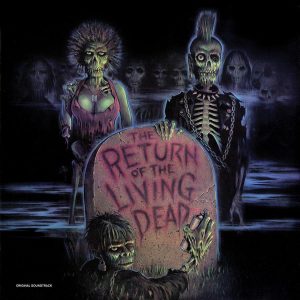Have you ever been browsing our online databases and wondered how we here at Bell Library decide which ones to purchase and make available to you? Well wonder no more because I am about to lay it all out for you!
The first step in the e-resource lifecycle begins when we become aware of a new database. This can happen several different ways. Sometimes there is a resource that a professor has been wanting or has used at a prior point in their academic career. Other times there is a new exciting database advertised by a library vendor with whom we have other databases already. If a professor would like us to investigate a database, they’ll usually pass the information on to the subject librarian for their area.
The Resource Management and Discovery Department (RM&D) then takes the suggestion and contacts the vendor of the database for a price quote. Sometimes, especially if it’s a new product, we’ll arrange a trial period for our staff and faculty to test the database. This helps us to determine if we like the resource and want to purchase it.

The next step is to look at the pricing model and evaluate potential benefits to our library users. This includes the upfront and continuous cost as well as the return on investment of a new product. Some resources, such as primary source databases often have a large upfront cost, but after the initial cost, we will have perpetual access to the information and will just have to pay a relatively low-cost access fee. A great example of one of our primary source databases is Accessible Archives which includes eyewitness accounts of historical events, vivid descriptions of daily life, editorial observations, commerce as seen through advertisements, and genealogical records.

A different subscription model of databases is a type of continuous commitment, one where the price will vary from year to year, usually increasing by 5%. A lot of our journal databases such as our Wiley Online Library have this sort of subscription model. If the price for the new resource is very high, we will have to consider the amount of use our patrons will get from the resource and weigh that against the continuing payment commitment.
After we get all the payment details worked out, we have to obtain a license for the new resource. Almost every resource we provide access to needs a license that governs its use. The RM&D department will search the licensing contract for library-specific concerns. Then it is sent to the TAMU-CC contracts department to look over. The contracts department will also make changes. At this point, we send it back to the vendor’s legal team to look over. This process can repeat itself several times until all parties are happy with the language in the contract. Once the license is signed and payment has been made, we have a new database!!
Now comes the fun part of publicizing the new resource and asking for more feedback from faculty, staff, and students. We also make sure we keep usage reports on as many resources as possible so that we can go back and asses the benefit patrons are receiving from the resource.
So, there it is, an in-depth look at the life cycle of how we here at the Mary and Jeff Bell Library acquire a new online resource to help make all your researching dreams come true!


